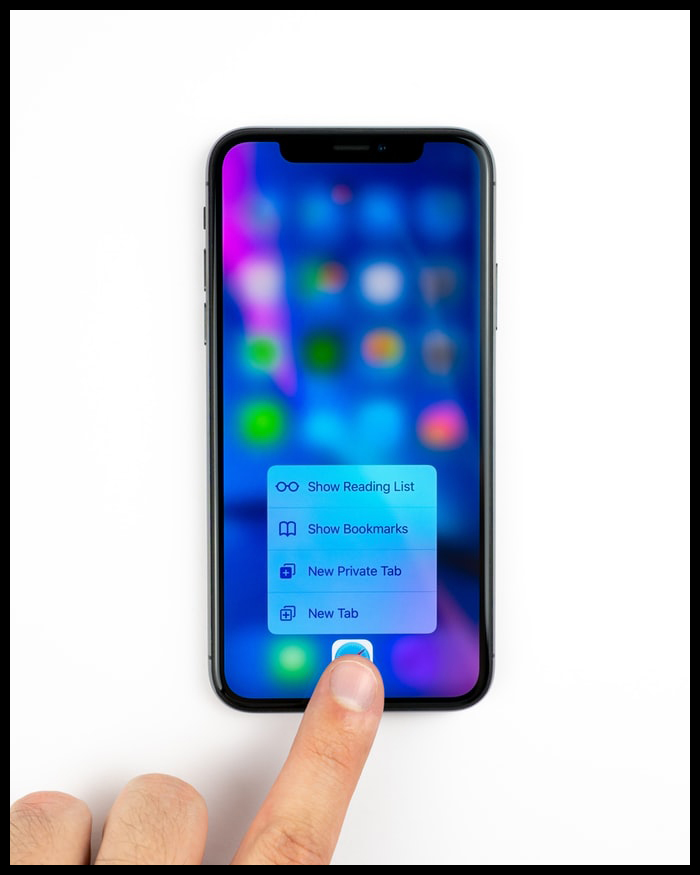Table of Contents
Can You Build A Website With Adobe?
Building a website using Adobe goods is a good choice because, as a designer or developer, you need more than pure imagination to expose your skill to the world. You should be armed with the right software to turn your thoughts into awesome websites and applications. Blue Sky Graphics online graphic design course has been using the best Adobe products for creating and distributing websites and applications for the past few years, and we feel we can share some of them with you:
Adobe Photoshop Is Needed For Your Digital Product
Photoshop is the most well-known and widely used picture editing programme. It has become a tradition for digital graphic editing and digital sculpture. How many times have you heard the verb “Photoshopping” or simply “shopping” an image?
Every day, as a Web or App designer, you struggle with designing and editing photographs such as logos and banners. Photoshop is the most well-known faster picture editing programme. It is the preferred tool for the majority of experienced designers, like the IT BOOST Australia squad, due to its simplicity and ease of usage. It also has some minimal text and vector functions, such as clipping direction, that are really useful.

In recent years, layers have been the most essential aspect of Photoshop. Layers enable you to build different elements of the picture individually and stack them in the order they will be shown. They provide you with a thorough description of any part of your paper. This allows you to concentrate solely on one layer at a time. Where an error occurs, the result is restricted to the sheet. Other useful choices available in the Layer Palette include masks, blending modes, opacity, fill, lock, party, and much more. Photoshop’s strength will be unimaginable without layers. See this video to read more about layers:
Layers in Photoshop: How to Use Them
Photoshop can be used to create graphic designers from scratch, 3D art, website and mobile app models and layouts, and also to create and edit footage. Applying pleasant filters to images, changing alpha or colour channels, improving contrast, and a variety of other activities can be accomplished with a single click in Photoshop.
Web designers typically start with a blueprint for the website in Photoshop or Xd and then convert it to working HTML and CSS code. This is referred to as “PSD to HTML migration.” It is at this point where Photoshop’s “Slice Tool” falls into play. You will use it to break the design into smaller parts. The sliced picture will then be used in web creation tools such as Adobe Dreamweaver to construct a responsive web interface.
How To Use Photoshop’s Slice Tool
Removing artefacts from an image has never been simpler than with Photoshop’s Content-Aware Fill. Simply pick portions of a picture and unleash the Content-Aware fill button. Photoshop will do the majority of the work for you.
It will overwrite the object you picked with pixels depending on the surrounding environment. With a few taps, you can substitute items in the context. As seen in the illustration below, the boat and its shadow are omitted from this image in Photoshop:
In Photoshop, you can remove artefacts from a picture.
If you can see, despite the fact that this job was completed in a matter of seconds, the end product seems smooth and normal. Patch and other sampling panel resources are accessible if you need further influence over the results.
Often you need to clip out or hide the output of a layer without losing the original content. Vector Mask is a valuable tool in Photoshop for this purpose.
To do so, first build a vector region with a form or pen method, then use it as a mask for the whole layer or only a shape. Vector masks are more reliable and resolution independent than pixel-based masks. This excellent tutorial shows you how to use the mask tools in Photoshop:
How to Use Vector Masks in Photoshop
Web Designers usually build the look and sound of a website in Photoshop before moving the mockup to Web Development environments such as Dreamweaver.
Adobe allows it easy for web developers by using Abode Creator in Photoshop. This function allows you to export a clean CSS code as well as Web-ready assets (images, videos, and so on) from layers in a Photoshop format. This method is better illustrated by Stephen Nielson, the Product Manager of Photoshop:

Photoshop CSS Compatibility
Many of Photoshop’s strongest functionality for site and software design include:
• Layer Styles • Content-Aware Fill • CSS from Layers • Smart Selection Tools • Pen Tools • Shapes • Vector Mask • Slice Tool • Retouching Tools • 3D Tools • Smart Objects
Build and develop websites for Adobe Dreamweaver.
Dreamweaver is a well-known and robust web design application. It is a visual web creation integrated environment that you can use to professionally build, research, print, and maintain your websites.
In Dreamweaver, you can choose between a WYSIWYG (what you see is what you get) visual website editor and an advanced text editor with functionality such as syntax highlighting, code completion, code collapsing, and real-time syntax testing. It can be used to write HTML, CSS, JavaScript, and other code. Almost all backend scripting languages are provided, including PHP, C#, Visual Basic, ColdFusion, and others.
The graphic editor contains a plethora of helpful resources that help in the development of sensitive mobile sites. It can read and update WordPress, Joomla, or Drupal templates and has a versatile grid system for three screen sizes: desktop, tablet, and smartphone. You can open and test the websites on various platforms at the same time, saving you a significant amount of time. The best part is that Dreamweaver has a number of resources for developing native iOS and Android applications.
Recognizing WYSIWYG HTML Editors
Unlike other open-source Web-editors, Dreamweaver offers a real-time preview and visual assistant for modifying the look of the web-page. You will use the Visual CSS editor to configure CSS styles and test the effects without needing to compose a single line of code. Apply CSS properties such as shadows, gradients, boundaries, and set CSS properties, as well as media questions, in a visual way, and if you are not satisfied with the results, simply reverse the adjustments. Watch this video to read more:
CSS Designer Adobe Dreamweaver CC Tutorial
Since Adobe Dreamweaver CS6, a new feature named Fluid Grid Layout has been added to ease the discomfort of responsive design. This functionality is meant to assist designers in designing a web-page interface that looks good on every computer. The idea is to use the same style but implement it differently based on the viewport (screen) scale. You can build an enticing and intuitive page almost entirely without code using the Fluid Grid Layout. What you need to do is change a pre-built sensitive prototype for various devices such as mobile, tablets, and desktop computers.




